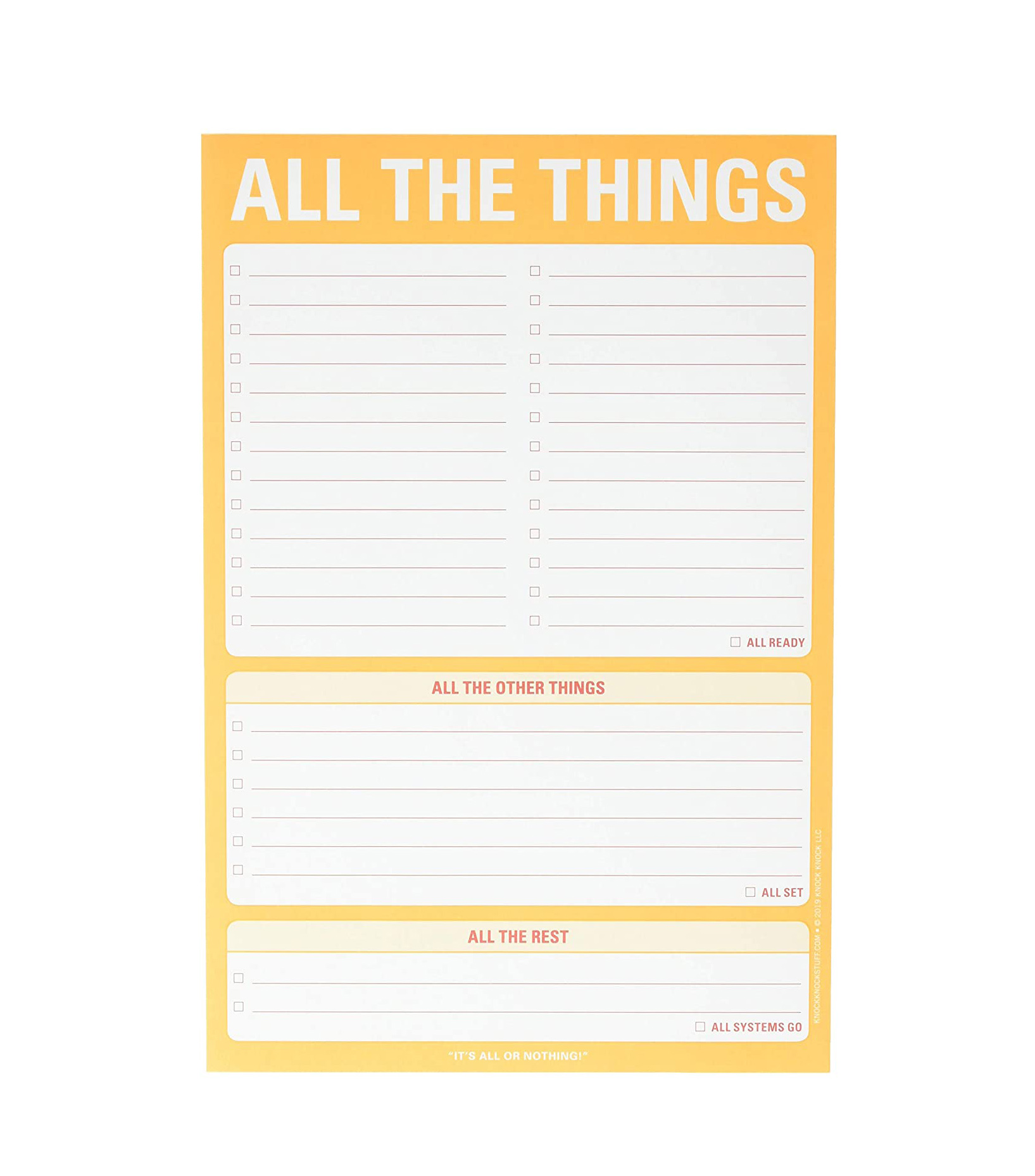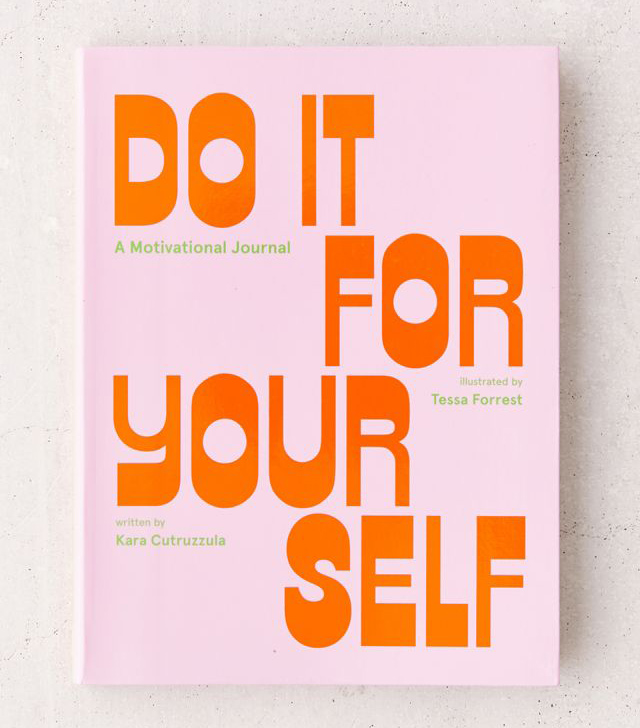The Psychology of Establishing a Good Habit


If only falling in love with running was as easy as getting hooked on coffee. But while most of us know that in reality, forming a constructive habit definitely takes effort and consistency, there's also a popular notion that the best approach is to force a ritual until it feels second nature. Psychology tells us that this isn't exactly accurate either.
"Our culture seems to be fairly preoccupied with the process of establishing and extinguishing habits, and a lot of misinformation about habits gets posted and re-tweeted, muddying the project even further," notes New York City–based psychologist Heather Silvestri, PhD. She adds that we tend to get caught up in 21- or 30-day timelines that are, in actuality, quite arbitrary. "More challenging habits generally take longer to sink in," she says. "And when you are trying to habitualize a behavior that is far outside of your wheelhouse or toward which there's a lot of resistance, it's definitely going to take a while."
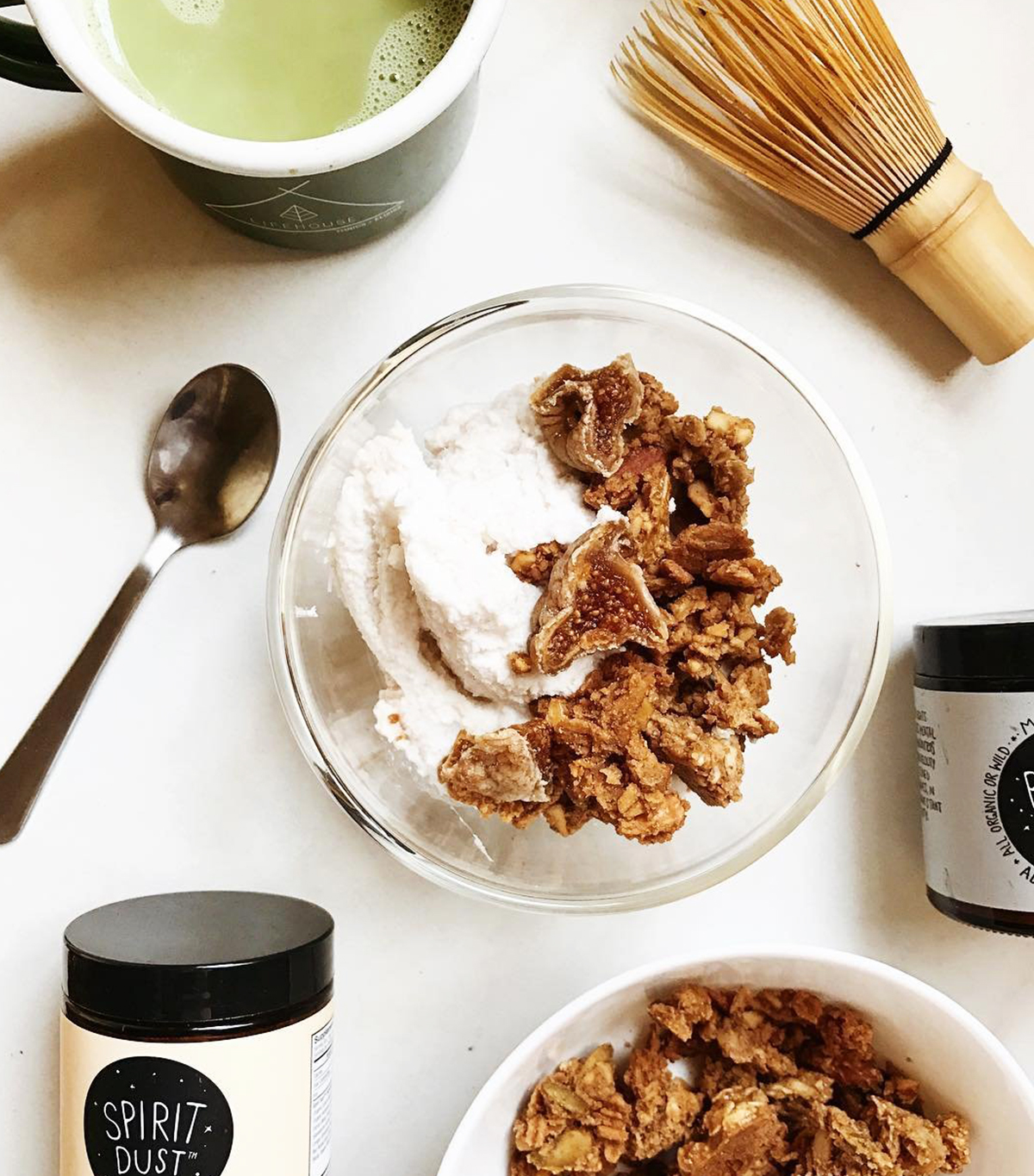
These facts aren't meant to be discouraging, but empowering: a reminder that the journey to self-improvement is both individual and flexible, and that we get to choose the rituals that we want to embrace. And above all else, it helps shift the focus from an arbitrary deadline to the here and now. What do you want to do to better yourself today?
Internalizing this is the first step. But once we have a better idea of the habits we truly want to establish, it's invaluable to dive into the psychology of making that happen. (Spoiler: Consistency is just one part of the equation.)
Keep reading to learn what really goes into building good habits.
The Habit Loop

All habits, "good" and "bad," are established in the same way: via a three-step cycle in our brains called The Habit Loop. In order for a habit to form, there needs to be a cue, consistency, and a reward. The last element is especially key because once our minds establish an incentive for that ritual, we start subconsciously looking for that cue to begin the cycle over again.
With time, this manifests in a kind of "autopilot" mindset shift—the action moves from the decision-making part of our brain to the basal ganglia, which also stores our memories and emotions. We literally don't have to think about it as much. This is why it's so easy to form habits with a very obvious but not necessarily productive reward. Our brains get used to that caffeine hit or that sugar fix and come to expect it on the regular.
But while forming productive habits might require a little bit more of a paradigm shift, we can definitely hack this system to work in our favor. More on that below.
Step 1: Establish Your Cues

We tend to focus on the intended action itself: If we want to be working out more consistently, for example, all we can think about is dragging ourselves to the gym every morning. But this sets us up for burnout. Instead, it's more effective to shift our attention to the details that precede that action, the ones that set the scene.
"You are looking to pepper your experiential landscape with several different and preferably potent cues, like putting your gym bag in the same place each time, picking a regular time to exercise each day, speaking to the front desk staff upon your arrival, and listening to a specific exercise mix each time," says Silvestri. "Over time, these cues will do the heavy lifting to shift your brain into its automatic and thus less effortful mode."
Step 2: Be Thoughtful About Rewards

"The more potent the reward, the faster your brain will flag the behavior as one to repeat," says Silvestri. That means that it's worth really thinking about all the ways that your intended habit can benefit you—and it's also why it's important to pick a habit that deeply resonates in the first place. (Read: "I want to work out for toned abs" is probably not going to stick as well as "I want to work out because it clears my head, helps me sleep better, and contributes to my overall well-being.")
"I always instruct people to be conscious and thoughtful about the rewards, reflecting on how and why the experience feels pleasurable," says Silvestri. "This helps to reinforce the neurochemically pleasing aspects of the behavior, and it reminds people that they have an intrinsic interest in engaging in and repeating the activity."
Step 3: Keep at It
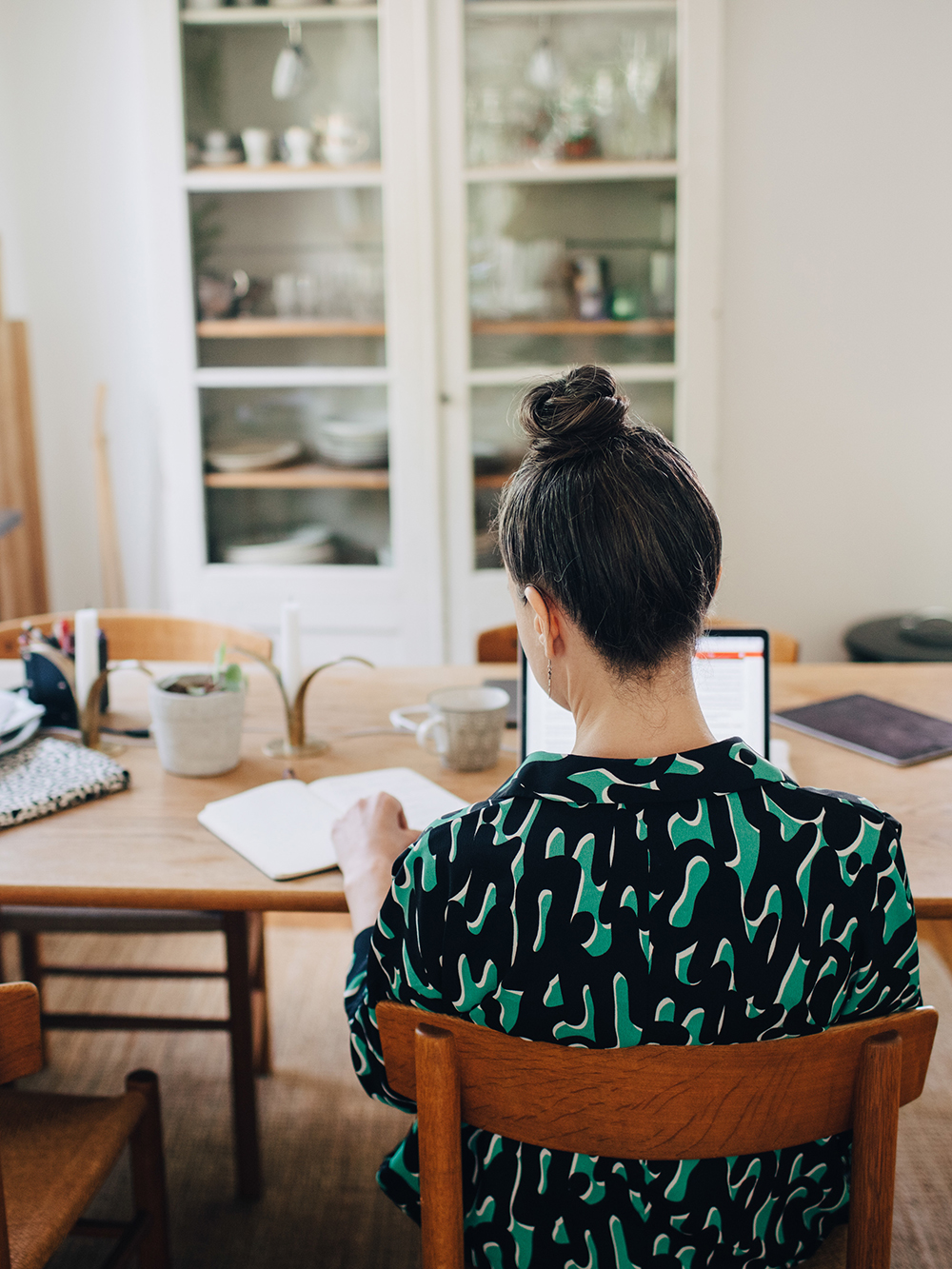
Make no mistake: It'll require a little effort on your part, especially at first. But after establishing the first two steps, consistency should come a little easier because the cues and rewards have set up your brain to revisit the action.
Above all else, be patient. Take it one day at a time, and keep checking in with yourself about why you want to build this habit in the first place. In fact, write it down! "The number one thing that causes people to fail to establish a new habit is losing an intrinsic connection to what they are doing," says Silvestri. "This is why it's important to avoid forcing yourself to do something you want to habitualize. When you force yourself to do something, you reinforce the behavior as an undesirable activity. Then, even if you feel good when you've completed it, that reward gets neutralized by the negative feelings with which you began the activity."

And good news: If you're feeling burnt out, it's okay to take a breather. "Fortunately, the data shows that you can skip an activity now and then without disrupting The Habit Loop," says Silvestri. "This is why I recommend that people really tune in to what they want and try to engage in the desired behavior when they truly want to." In other words, if the mere idea of hitting Spin class after work is making you exhausted, then go home, pour yourself a glass of wine, and binge-watch your favorite show. It totally qualifies as self-care, and you'll be that much more likely to hit the bike tomorrow.
Next: 10 Morning Habits That Make Us So Much More Productive
This article was originally published at an earlier date and has since been updated.
Disclaimer
This article is provided for informational purposes only and is not intended to be used in the place of advice of your physician or other medical professionals. You should always consult with your doctor or healthcare provider first with any health-related questions.
-
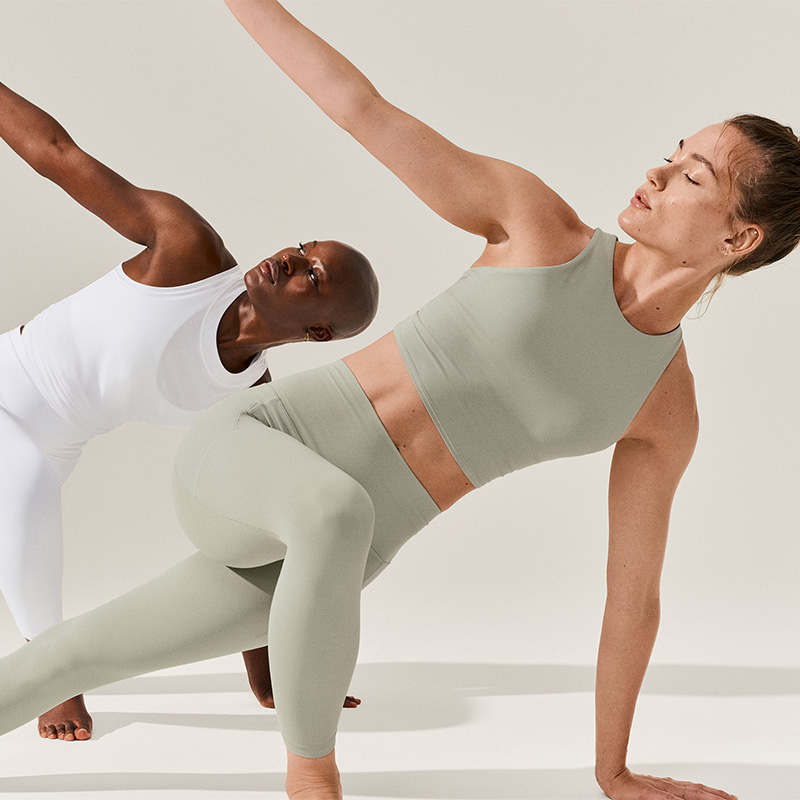 I Live for Yoga and Pilates—These Are the Pieces That Help My Flow
I Live for Yoga and Pilates—These Are the Pieces That Help My FlowTake notes.
By Humaa Hussain
-
 It's Time to Get Our Nutrition in Check for Summer—This App Is Making It Easy
It's Time to Get Our Nutrition in Check for Summer—This App Is Making It EasyThe recipe ideas are endless.
By Who What Wear
-
 If You're Battling With Digestive Issues, This Could Be Why
If You're Battling With Digestive Issues, This Could Be WhyTurns out, you may not have IBS after all.
By Kia Topps
-
 Our Editors Own a Lot of Sneakers, But This Pair Comes in First Place Every Time
Our Editors Own a Lot of Sneakers, But This Pair Comes in First Place Every TimeA major win.
By Aniyah Morinia
-
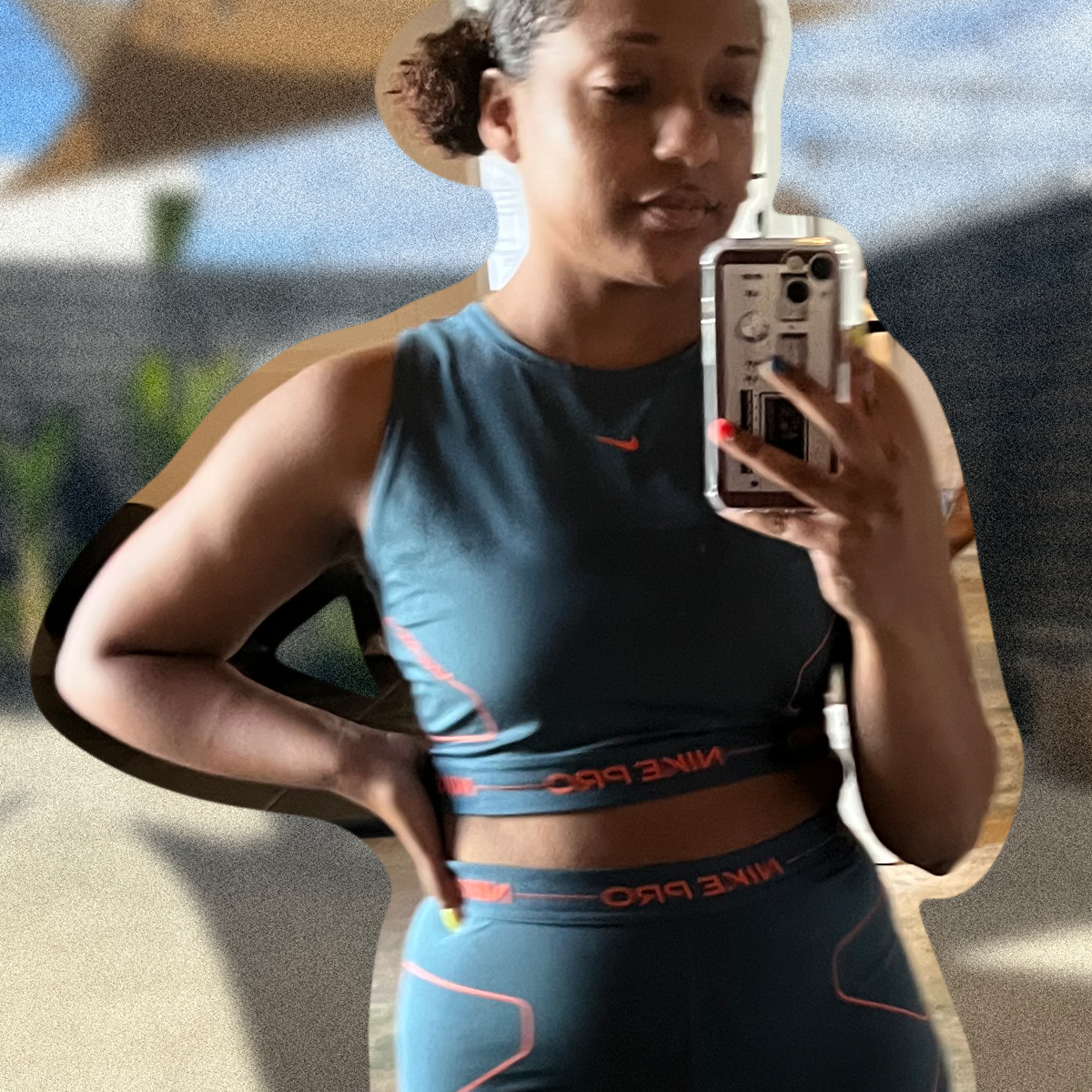 I Changed My Mind About Strength Training When I Tried This Workout
I Changed My Mind About Strength Training When I Tried This WorkoutMy confidence is officially on 10.
By Kia Topps
-
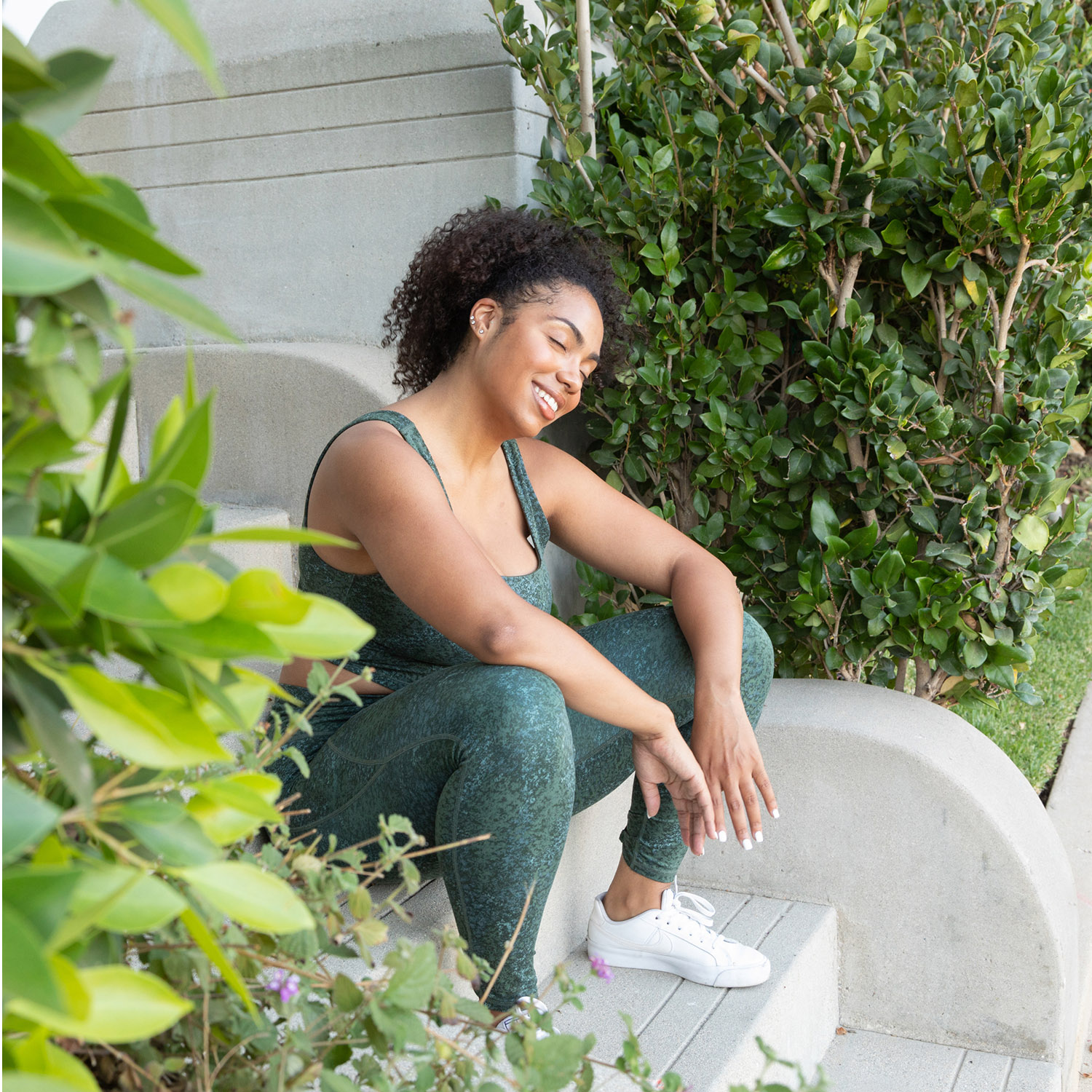 This Type of Gear Will Take Your Workout to the Next Level
This Type of Gear Will Take Your Workout to the Next LevelBring it on.
By Sarah Yang
-
 6 Essential Oils That Will Heal Your Painful Sunburns
6 Essential Oils That Will Heal Your Painful SunburnsAll-natural relief ahead.
By Samantha Parsons
-
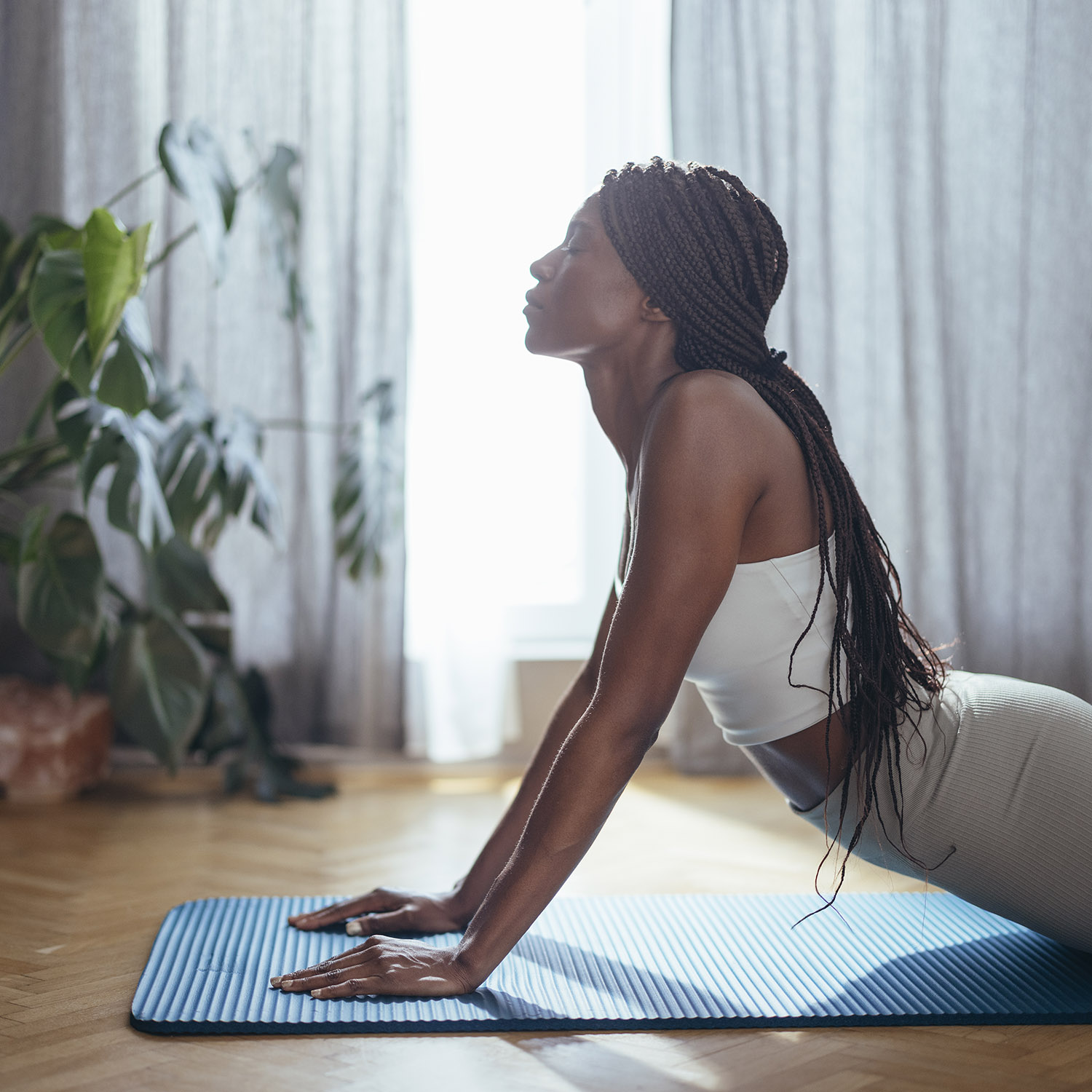 The Activewear Accessory That Can Change Your Yoga Practice
The Activewear Accessory That Can Change Your Yoga PracticeIt's so helpful.
By Sarah Yang

